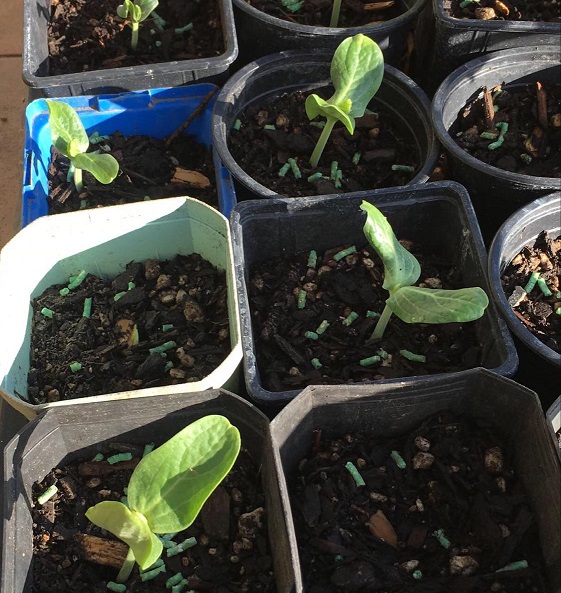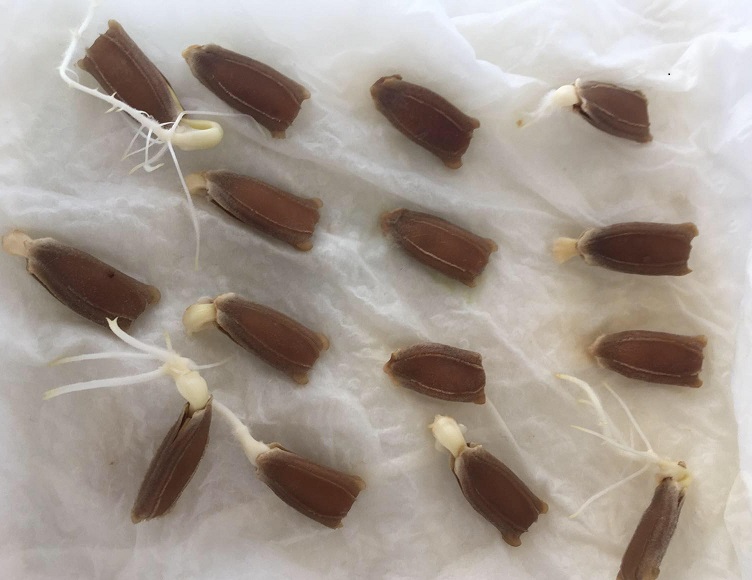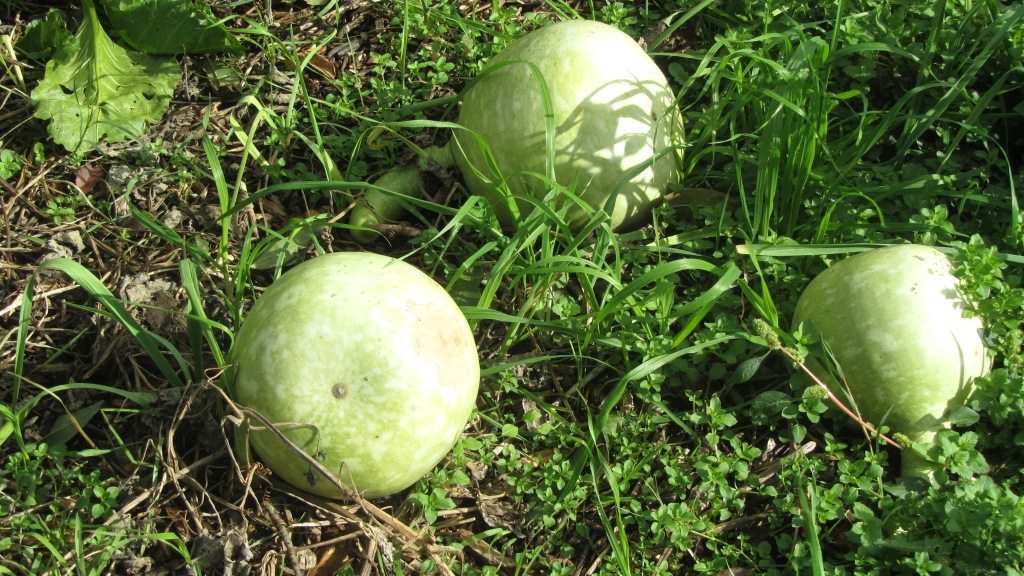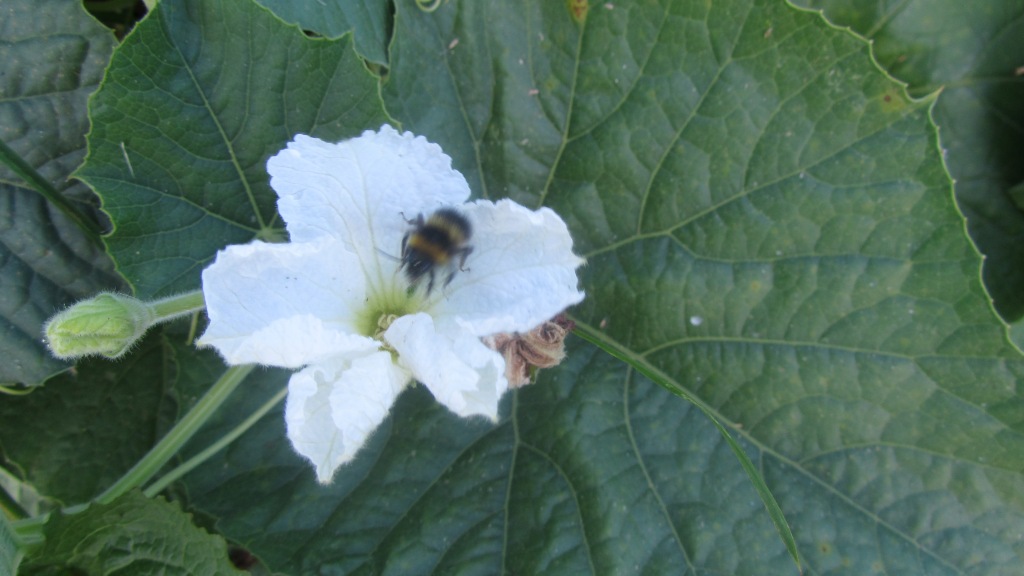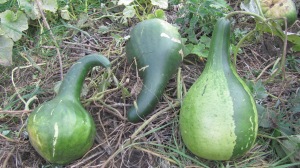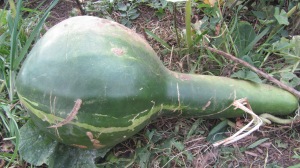Summer is zooming on and this year’s gourds will no doubt be swelling up nicely in your gardens, especially with all the rain we’ve had around the country! If you have a stash of dried gourds from past year waiting to use, this could be the time to get them out and start your creative project!
Dried gourds are often a bit scabby-looking and covered in old dried mould. To clean this off, you can immerse them in water to soften the epidermis, then scrub the mould off gently with a goldilocks. The mould will leave stains on the surface of the gourd, but that does make beautiful and interesting patterns. If your gourds are fresh ones from this season, you need to leave them to dry until the seeds are rattling around inside.
To open the gourds and clean the inside, first work out where you want to cut the gourd, draw around it and use a small fret-saw to cut the opening. You can scrape out the dried seeds from inside, and put these aside for the next growing season. Clean up the inside of each gourd with sand paper or whatever other abrasive you wish to use to get the finish you want. If you only have a tiny opening, use gravel and water to clean your gourd out, followed by sand and water, then a bottle-brush.
To seal the gourd you can either rub oil into it or if you prefer, you can use varnish. Rubbing shoe polish onto the gourd and polishing it creates a nice colour and also a soft shine if that’s what you are looking for.
Gourds can be decorated by burning using a poker-work machine, but you have to be careful not to burn right through! Dried gourds have a woody texture a bit like polystyrene, so they are tricky to carve, but the surface can be incised or etched with a sharp tool.
Some of the gourds might have a very thin shell if they haven’t had a long enough time to grow. These ones will be very fragile, so extra care will be needed to cut and clean them.
Good luck with your growing and with your creations!

